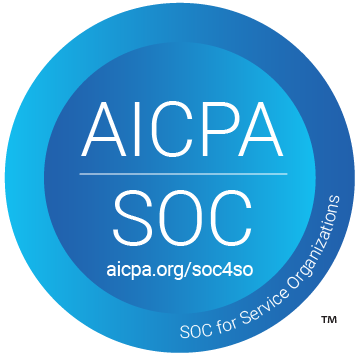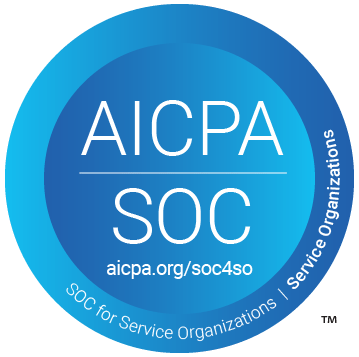Learn how to automatically send WhatsApp messages with images using Pabbly Connect. Step-by-step tutorial for seamless integration. Discover how to seamlessly connect your essential tools through accessible instructions that make powerful automation available to professionals at every skill level.
Watch Step By Step Video Tutorial Below
1. Setting Up Pabbly Connect for WhatsApp Integration
To begin sending WhatsApp messages with images, first, you need to access Pabbly Connect. This platform serves as the central hub for automating your workflows. Start by signing up at Pabbly Connect and log in to your dashboard.
Once logged in, you can create a new workflow by clicking on the ‘Create Workflow’ button. Assign a relevant name to your workflow, such as ‘Send Images on WhatsApp Automatically.’ After naming, click on the ‘Create’ button, and your workflow page will load, ready for configuration.
2. Configuring Trigger with JotForm in Pabbly Connect
The next step involves setting up the trigger in Pabbly Connect. For this integration, select ‘JotForm’ as your trigger application, and choose the trigger event as ‘New Response.’ This event will initiate the workflow whenever a form is submitted.
- Select JotForm from the app dropdown.
- Choose the trigger event as New Response.
- Copy the generated webhook URL provided by Pabbly Connect.
Now, navigate to your JotForm account and integrate this webhook by pasting the URL in the webhook settings of your form. This connection allows Pabbly Connect to receive data from your form submissions automatically.
3. Connecting WhatsApp Cloud API in Pabbly Connect
After setting up the trigger, the next step is to configure the action for sending messages on WhatsApp. In Pabbly Connect, search for ‘WhatsApp Cloud API’ and select it as the action application. Choose the action event as ‘Send Template Message.’ This will allow you to send pre-defined messages along with images.
To connect to the WhatsApp Cloud API, click on ‘Connect’ and select ‘Add New Connection.’ You will need to enter your permanent access token, phone number ID, and business account ID. Ensure you have generated these details from your Meta developers account for WhatsApp.
- Paste the permanent access token from your Meta account.
- Enter the phone number ID and business account ID.
- Click on Save to establish the connection.
Once connected, you can select the message template you previously created for sending WhatsApp messages. This template will be used to format your messages automatically.
4. Mapping Fields and Sending Messages
In this step, you will map the fields from the JotForm submission to your WhatsApp message in Pabbly Connect. This includes specifying the recipient’s WhatsApp number, the image URL, and any dynamic content in your message.
Map the WhatsApp number from the form submission to the recipient field, ensuring the number is in the correct format (with country code and without the plus sign). Then, add the URL of the image you wish to send in the message template.
Enter the header image URL in the designated field. Map the variables for customer name, website, and form name from the JotForm response. Save and send a test request to verify the setup.
Upon completing these mappings, you can test the workflow to ensure that the messages are sent correctly. If everything is set up properly, you will see the WhatsApp message appear in the recipient’s chat.
5. Conclusion
This tutorial has guided you through the process of automatically sending WhatsApp messages with images using Pabbly Connect. By integrating JotForm and WhatsApp Cloud API, you can streamline your communication effectively.
Ensure you check out Pabbly Connect to create business automation workflows and reduce manual tasks. Pabbly Connect currently offer integration with 2,000+ applications.
- Check out Pabbly Connect – Automate your business workflows effortlessly!
- Sign Up Free – Start your journey with ease!
- 10,000+ Video Tutorials – Learn step by step!
- Join Pabbly Facebook Group – Connect with 21,000+ like minded people!
With just a few simple steps, you can automate the process and save time while ensuring that your clients receive timely information. Implement this workflow today to enhance your business communication!






